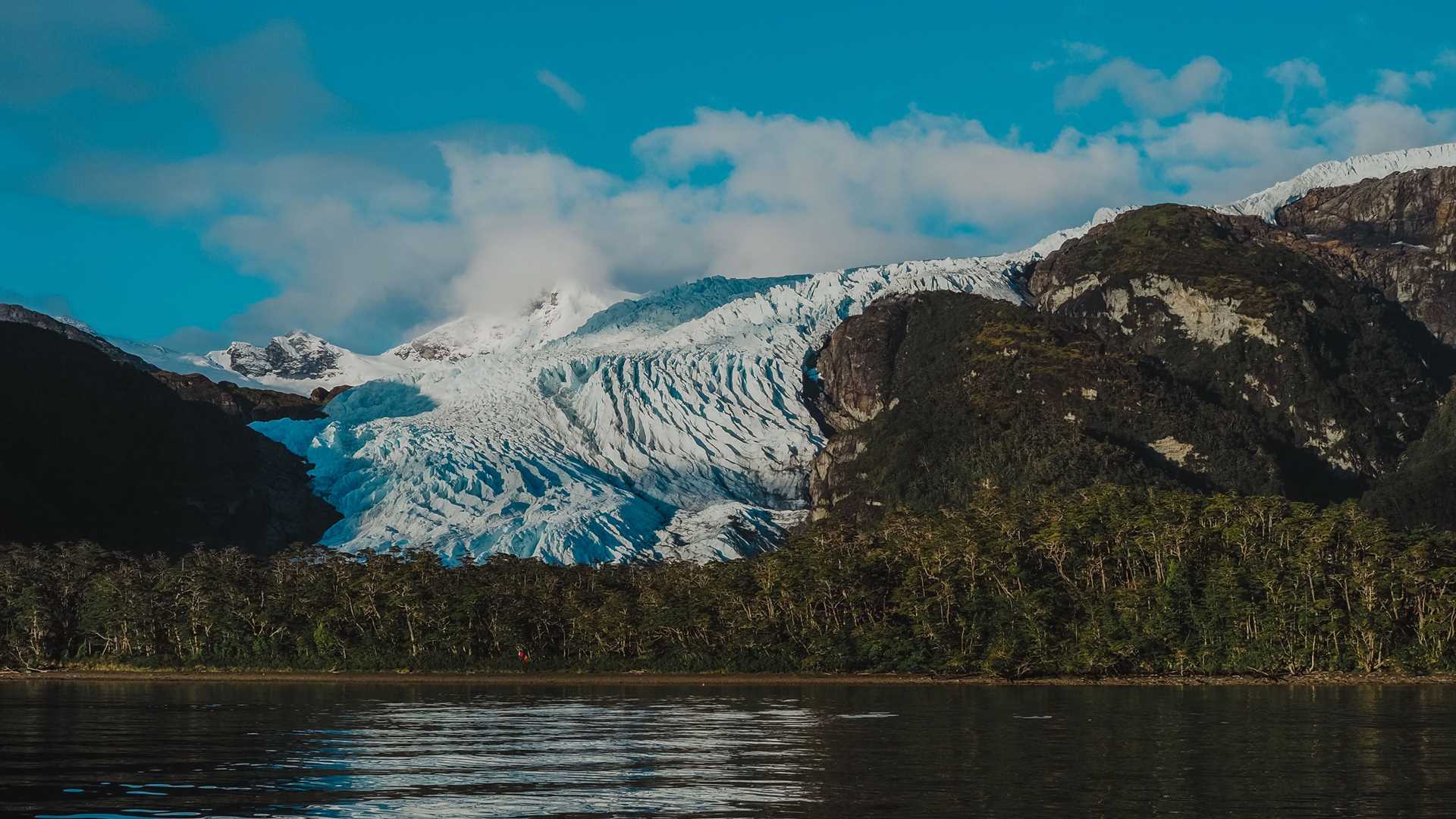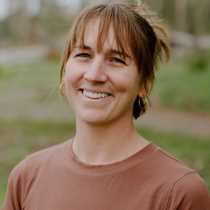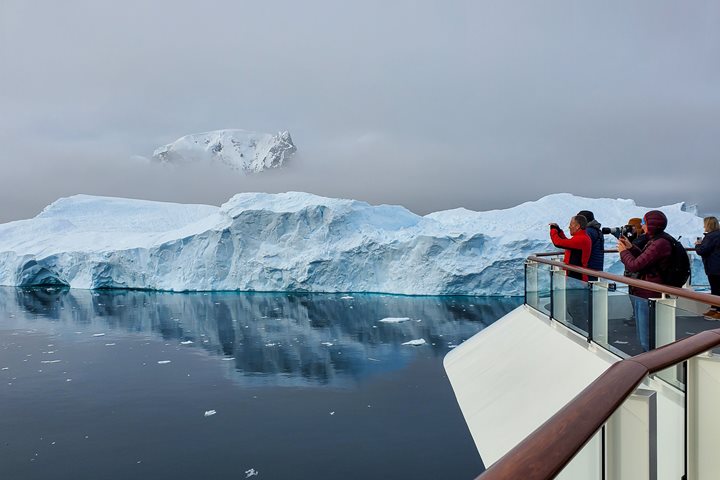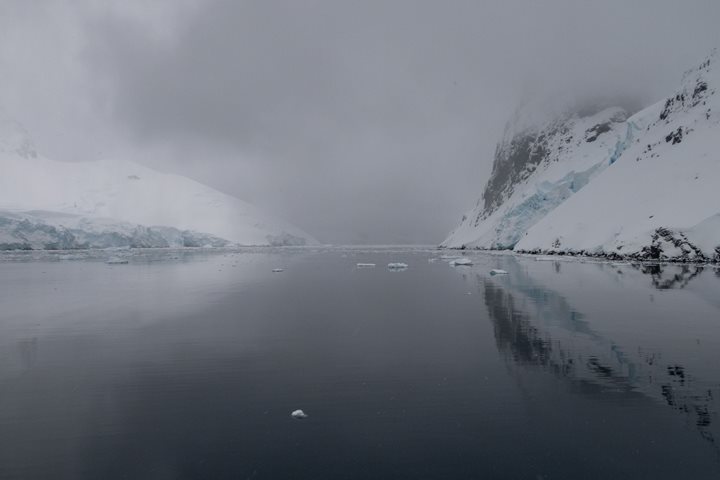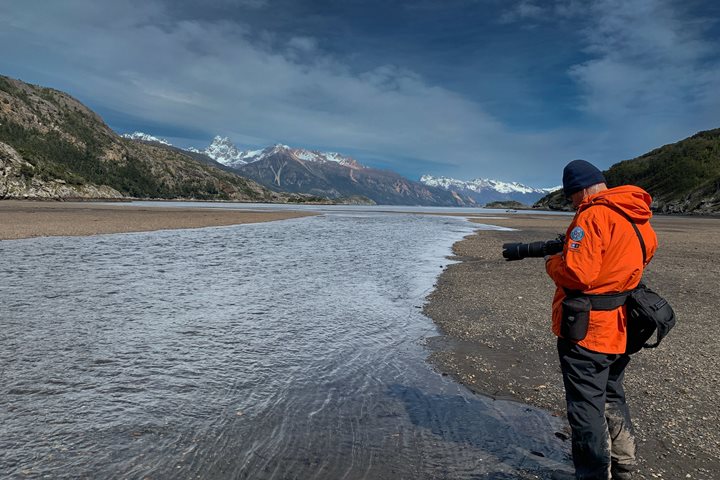Our morning began with walks to the Aguila Glacier, one of many coming off the Darwin Ice Field here in Tierra del Fuego. Yet again, we were delighted to have sun and warmth, especially after our week in the cold Antarctic weather. There were many details to admire along the way to the glacier, starting with the swirly and striated metamorphic rocks at the shoreline. This was our first landing to observe the Patagonia beech forests, providing a green contrast to the icy continent. Yet another fabulous day adventuring aboard National Geographic Explorer!
- Daily Expedition Reports
- 06 Mar 2025
Aguila Glacier, 3/6/2025, National Geographic Explorer
- Aboard the National Geographic Explorer
- Antarctica
Shannon Malone, Naturalist
Growing up along the coastal environment of San Diego, Shannon started her first volunteer job at a local nature center at the age of six. Since then, she has built her personal life and professional career around connecting with nature. She received...
Read MoreShare Report
Antarctica and Patagonia: Legendary Ice and Epic Fjords
VIEW ITINERARYRelated Reports
11/14/2021
Read
National Geographic Explorer
LeMaire Channel and Pleneau Island
Morning began early on National Geographic Explorer with a beautiful cruise through the LeMaire channel. As the ship passed beyond the southern end of the channel, it was surrounded by ice with spectacular views of sea ice and icebergs. The Zodiacs were soon lowered to take everyone ashore at Pleneau Island for up close encounters with penguins. In the afternoon, Zodiacs zipped around grounded icebergs as everyone was treated to a cruise through monumental ice sculptures created by glaciers. The day ended as it began, with a trip through the always awe-inspiring LeMaire channel.
11/9/2021
Read
National Geographic Explorer
Jackson Bay, Karukinka Natural Park & Canal San Gabriel
During a rare, perfectly still and windless morning, we landed at Jackson Bay, in Admiralty Sound to visit the most remote section of Karukinka Natural Park, a private protected area managed by the Wildlife Conservation Society. At 330 hectares, this area protects some of the southernmost forests, grasslands and peatlands of the planet together with a vast array of wildlife including several endemic bird species and a colony of breeding elephant seals. We hiked through large stands of primeval forest to get to a waterfall that drains the overflow of some alpine glaciers still blanketing the peaks that flank the valley we walked toward.

